The Universal Tactics of Successful Trend Trading: Finding Opportunity in Uncertainty
$22.36
| Author(s) | |
|---|---|
| Format |
|
| Pages |
409 |
| Publication Year |
2021 |
The Universal Tactics of Successful Trend Trading delivers powerful and practical advice for the serious trend trader. Using the principles identified in this book, author Brent Penfold shows curious investors how to become a long-term winner with tried-and-true trend trading methodologies. The book includes in-depth and comprehensive treatments of topics like: Why trend trading is so appealing, Popular and effective trend trading strategies, How to measure risk and Common trend trading mistakes and how to avoid them.Investors and readers will also discover the importance of risk, and how to judge outcomes and strategies on a risk-adjusted basis.
Author’s Introduction:
I’m writing this book for the serious trader. Not for the rainbow chasers. This book is about how to chip away to get ahead. It’s not about revealing trading secrets. It’s not about selling false hopes and it’s not about publishing nonsense. It’s not about showing you how to ‘hit’ a mythical ‘home run’ in trading. No. It’s about keeping it real for the serious trader. Yes, what I will share with you is not shiny and new. Yes, what I share with you will at times leave you battered and bruised. But that is part and parcel of trading. It’s not all sunshine and high fives. Trading successfully for long periods of time will have its dark and uncertain times. I can promise you that what I will be sharing with you between these pages will leave you shaken and doubtful at times, but at least what I will be sharing is real and has an edge.
Despite myself being a futures trader, please do not think this book is about futures trading. Yes, many of the examples and portfolios used to share and illustrate ideas will involve futures, but only because they are a device of convenience for myself. What I will be sharing in this book, similarly to what I did with UPST, is a focus primarily on the process of good trading. Not on secondary issues such as individual markets and instruments. This book is not about trying to convert you to futures. Futures is just my preferred instrument to trade. You will have your own preferred markets and instruments to trade. So, please don’t think this book is designed to attempt to convert you to the markets and instruments I trade. No. I’m writing this book to encourage you to focus first on the process of good trading rather on any individual market, instrument, technique or timeframe. It’s just that the majority of examples involve futures, and I use futures because it’s convenient for me.
So, please understand that this book will be focused on the correct process of good trading, regardless of market, instrument or timeframe. The markets and instruments shown within these pages are for illustrative purposes only, and in their turn become secondary in importance to following good trading principals.I hope this book can become a sensible stepping stone on your path-way to sustainable trading. I certainly believe it’s possible to reach your destination if this book is used in combination with my previous book, UPST. I have a lot to share with you over the following pages. Let me give you a brief outline of what I’ll be discussing.
In Chapter 1 I begin by outlining how difficult it is for you and I to succeed as traders. In Chapter 2 I offer a number of key messages covering knowledge, risks, application and execution. In Chapter 3 I share with you the appeal of trend trading and why you should seriously consider it as a trading technique. In Chapter 4 I give a brief outline of why trends exist. In Chapter 5 I share my thoughts on why so many fail at trend trading. In Chapter 6 I review a number of different trend trading strategies to demonstrate the various techniques that exist. In Chapter 7 I discuss the importance of measuring strategy performance on a risk-adjusted basis. In Chapter 8 I share a toolkit that traders can use to help them review, develop and select strategies to trade. In Chapter 9 I finish the book with an example of using the toolkit to develop, what I believe is, a sensible and sustain trading strategy.
Contents:
- The Paradox
- Key Messages
- The Appeal of Trend Trading
- Why Do Trends Exist?
- Why Do So Many Fail?
- Strategies
- Measuring Risk
- Moving Forward
- Back to the Future
The Universal Tactics of Successful Trend Trading: Finding Opportunity in Uncertainty By Brent Penfold pdf
5 reviews for The Universal Tactics of Successful Trend Trading: Finding Opportunity in Uncertainty
Clear filtersOnly logged in customers who have purchased this product may leave a review.

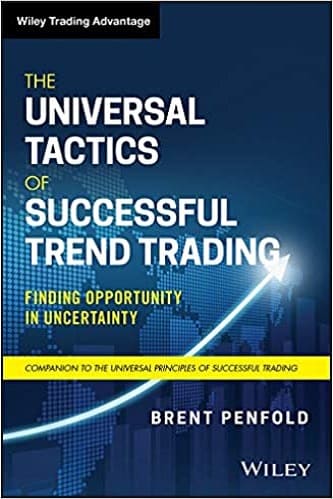
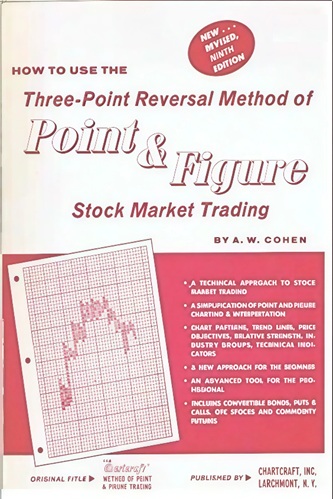
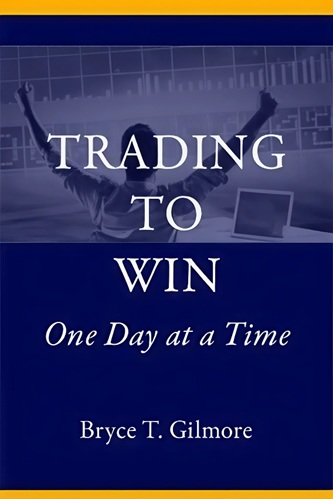
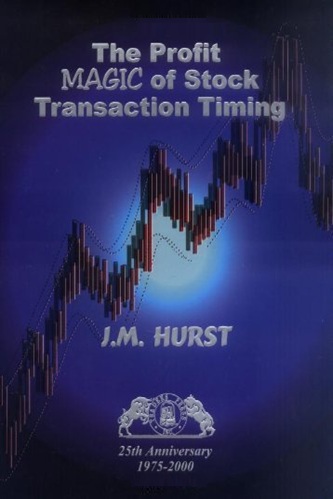
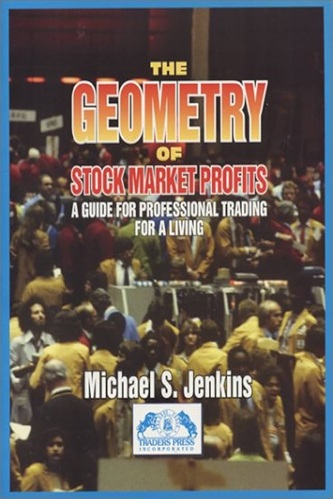


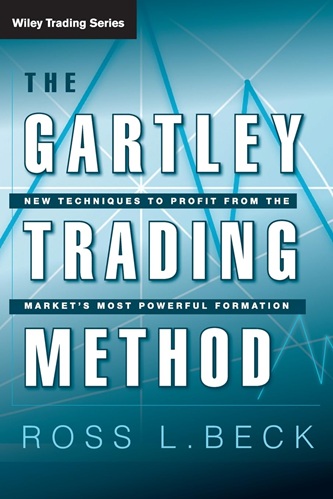
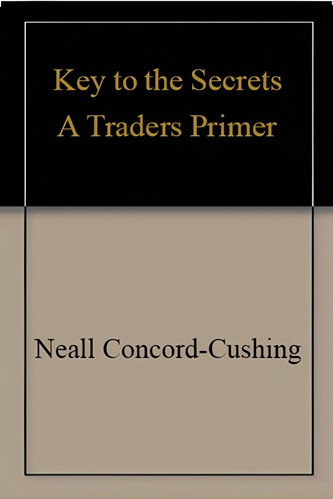
Alvin Roman (verified owner) –
The book is equally suitable for retail traders and retail investors and contains a great deal of important information about behavior on the capital markets. It is very well structured and it is very easy to read even for non-native speakers and it is definitely a big win for me to read this book
Ayden Hensley (verified owner) –
I’m relatively well-read on trading, and as a beginner have been swamped with indicators and strategies. Despite this a lot of the more experienced traders do away with complicated screen set-ups and work simple strategies and employ good money management. Why?
Brent explains this clearly in this book, and not only that but backtests thoroughly a strategy you could employ straight away which you can see adhere to the basic tenets of trading: money management, cutting losses short, letting winners runs, etc etc.
For a relative beginner like me, I’ve found it refreshing to be able to strip it all back, and have a strategy I can potentially build on (iteratively) in the future if I so wanted, or just one I could run across different markets.
An invaluable, highly detailed, but easily digested book that will really elucidate why the basic tenets of trading matter, and how I can easily adhere to them in a strategy while avoiding some common pitfalls.
Miley Soto (verified owner) –
First of all, if you haven’t purchased Brent’s book – Universal Principles of Successful Trading (UPST), stop reading this, buy it and then buy this one as well.
Whether you are a successful trader or not, there is all the information you need to start to build your own strategies. In this book Brent covers some; and adds, to his previous work. He also reviews, analyses and ranks 20 classic trend trading strategies.
He also adds more emphasis on the Risk of Ruin concept (invaluable) and a comprehensive section on measuring risk.
I have read about 60 books on trading; these have both jumped into my top 5. These are both mandatory reading if you are not consistently profitable, or you are and seeking to improve your strategies.
Allen Marshall (verified owner) –
It is an ok book. The main topic behind tge text, the idea that old time trend following systems still work is correct, but misleading. Most of these systems go through significant drawdowns and flat periods. So if you have thirty years to see the results it’s fine, but if not you need some more data in order to trade these methods.
In order for me to fully endorse this book I would like to see the discussion of the use of leverage and ways to switch systems. Managing money in a fund makes a considerable difference for the bottom line: management fee alone can put enough bread on the table. However, if you are trying to make a living trading your own capital you have to play the game differently.
The book contains a lot of information and is a worthwhile read.
Barrett Smith (verified owner) –
The main takeaway from this book for me was that trend following still works, because price movements are not random due to the existence of fat tails (up and down). But cutting losses you can reduce the fat tails that move against you, and by letting profits run you can increase the fat tails that move in your advantage. This is an edge. Adding appropriate use of leverage as well as trading higher beta stocks can magnify the impact of any trends you find yourself latched onto. (And they will come, you just need to be able to survive until they do)